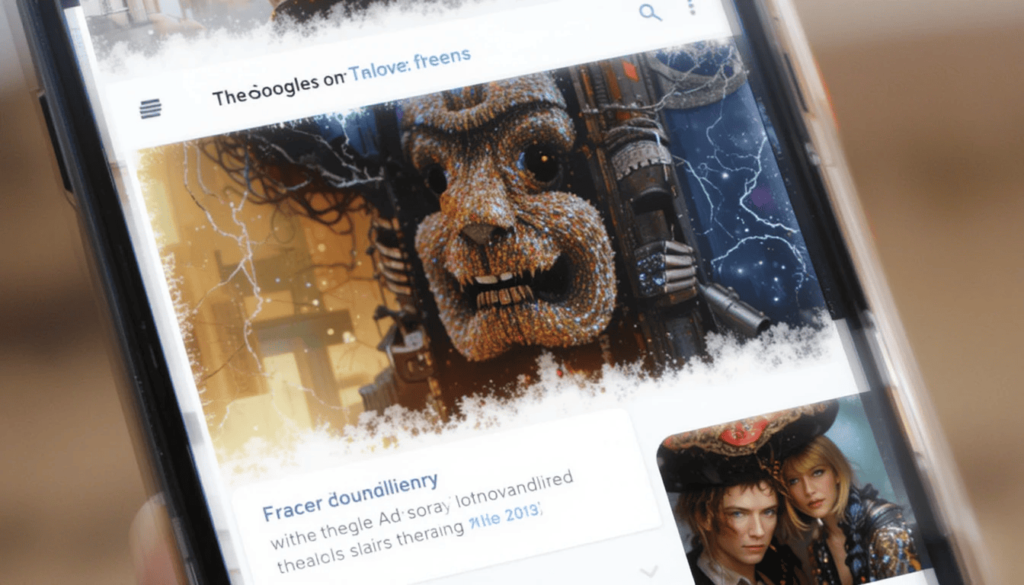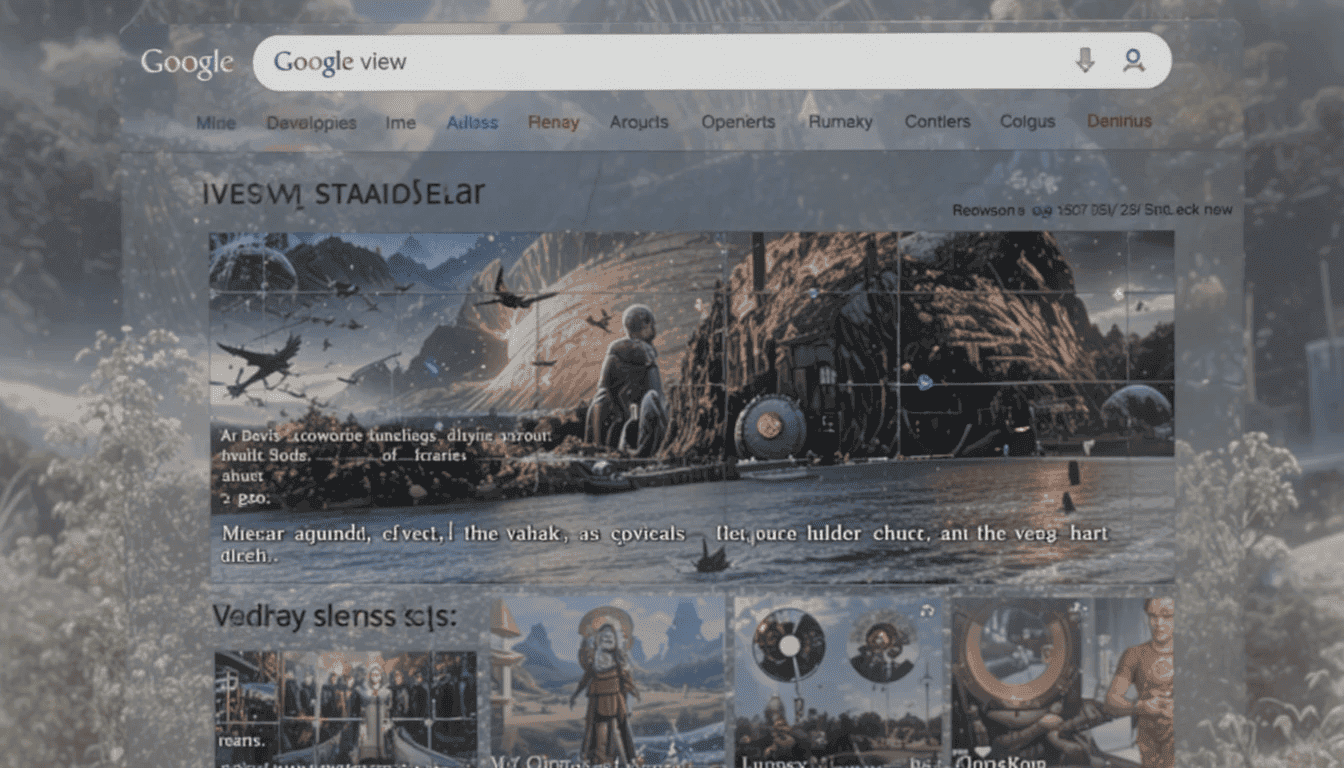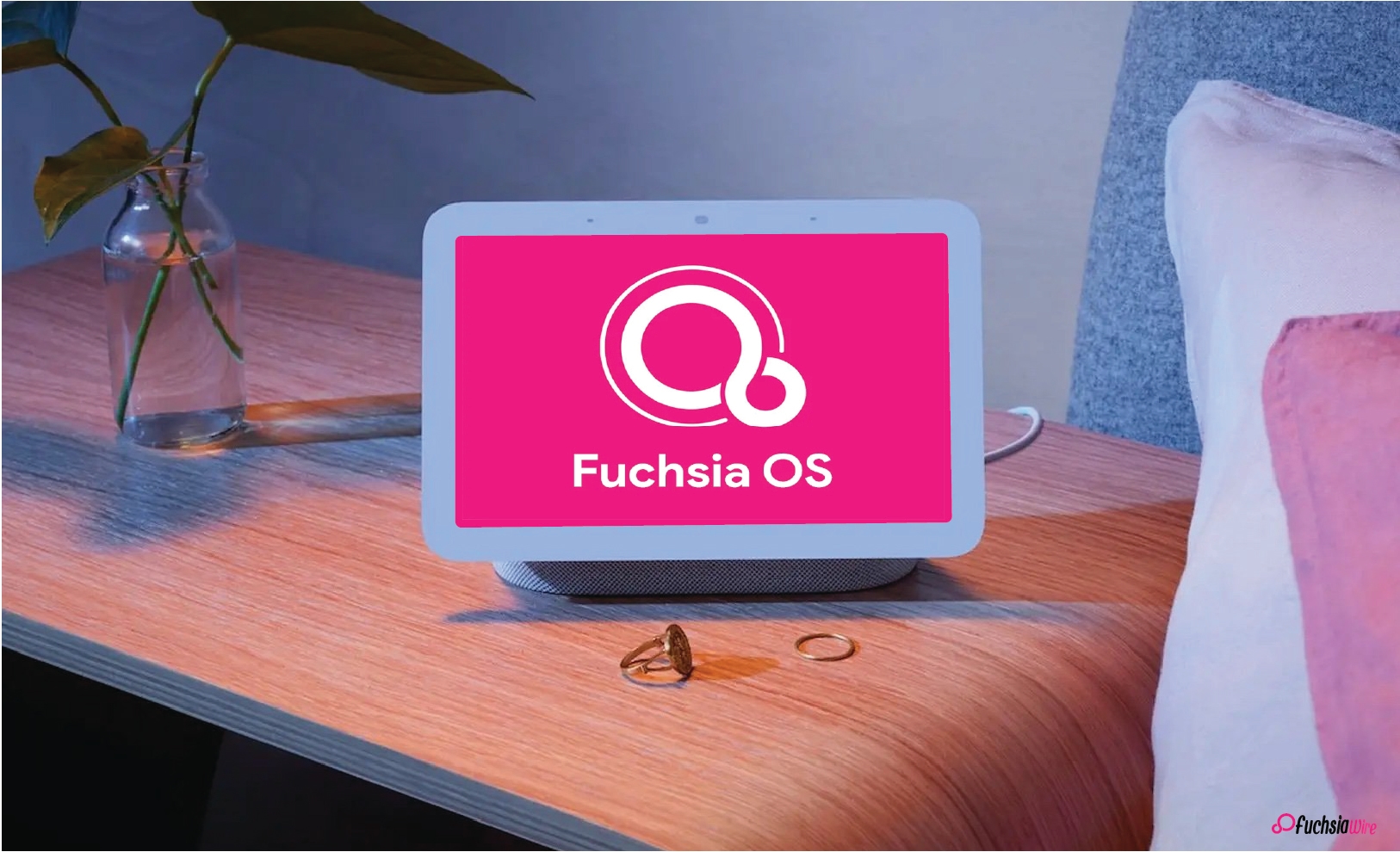Google Discover has received a small yet major refresh in terms of looks and site Name Visibility. The site name or publisher name now has great importance in the visual hierarchy of each content card.
The rollout of this update is to improve source transparency. It allows users to swiftly identify where their recommended content is coming from on the web and elsewhere.
Source Highlighting

For years, the publisher name and logo in Google Discover have existed. Now, with this redesign, Google raises the profile of those important identifiers far higher Google Discover Redesign 2025.
The individual cards now enjoy a separate graphical bar placed above the main cover image. It presents the site name in bold alongside a larger circular form of its logo.
With the site name and logo taking center stage, Google leads the way for users to pinpoint the source of the ads they might browse easily and to trust it.
Publisher Branding Matters
This redesign ties neatly into Google’s overall agenda of causing more transparency. It enables more consumers to know where recommended content is coming from.
Enhanced User Experience: For the quick skim of the Discover feed, the more prominently placed site name serves to signal clearly the content’s place of origin. Thus, it enables users to a quick assessment of contextual relevance and interest based on their favorite publishers.
Publisher Benefit: The change is also beneficial for the content publishers. It brings their brand more into focus within the Discover feed. The extra visibility helps build brand awareness and may stimulate some extra direct response to the publisher’s content.
In Harmony with E-E-A-T Principles: Although not explicitly stated, highlighting site names is in large part supported by Google’s E-E-A-T (Experience, Expertise, Authoritativeness, Trustworthiness) norms, wherein the origin of a piece of information greatly impacts content quality and credibility.
Shifting Elements, Maintaining Functionality
Along with the site name and logo moving to the upper bar, slightly various elements on the Discover card have in some way been repositioned.
Where the publish time used to be in the bottom-right has also been moved into that corner. The heart icon for liking content and the three-dot overflow menu (for options like “Save” and “Share”) retain their familiar locations on the opposite side.
Conclusion
The new redesign of Google Discover is in line with the company’s ongoing push for transparency and user trust. Site Name Visibility is now more easily viewable, allowing users to see the content sources at a glance.
Not only does this improve the browsing experience, but also it makes trusted publishers visible in their brand names.
Thus, Google’s repeated states about being restrained from relying upon a subjective springboard make antecedence responsibility very hard indeed.
























